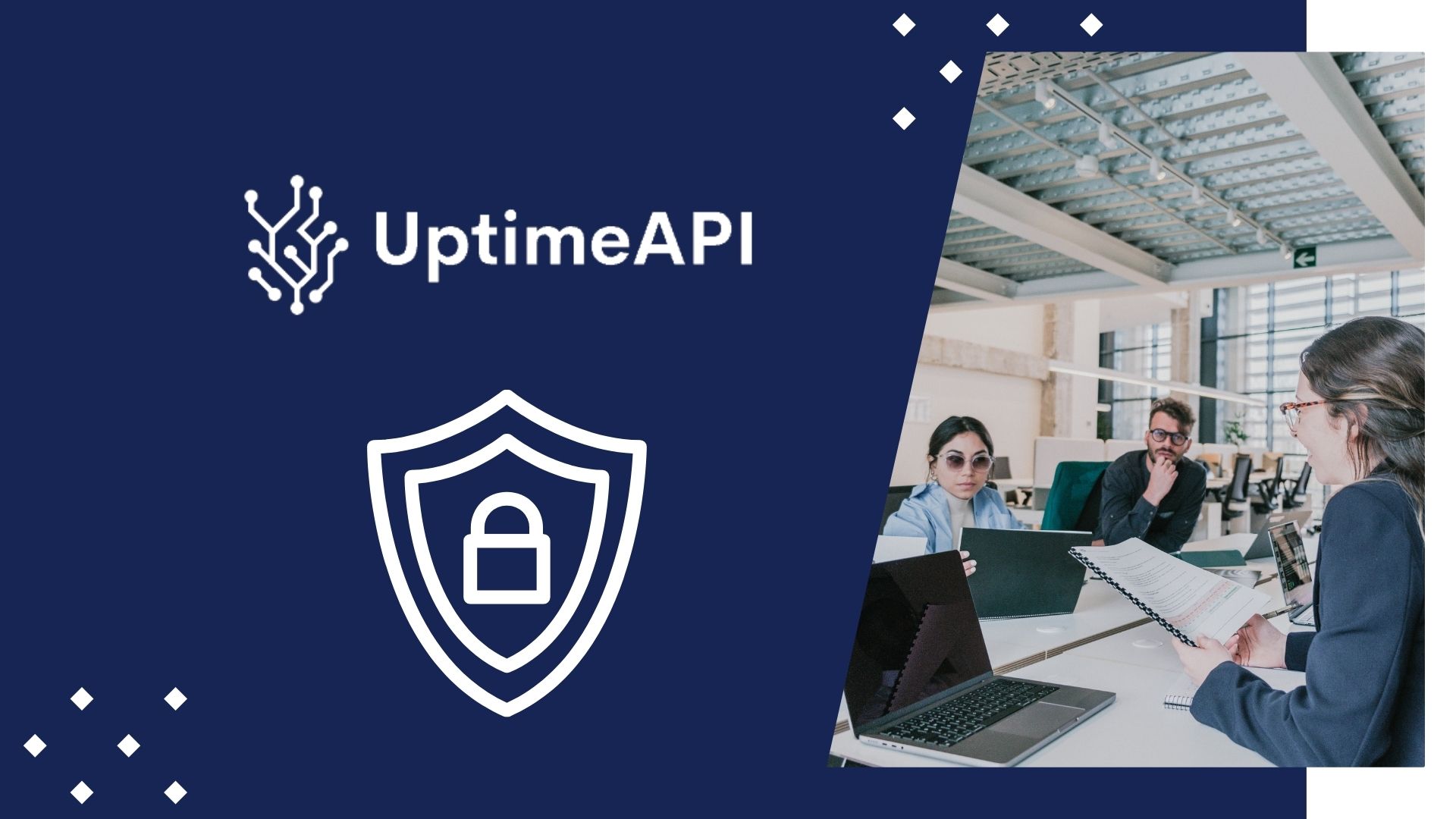API Monitoring Tools: Key Features And Benefits

API monitoring has become a crucial component of sustaining stable and dependable software programs in the digital age. Businesses are depending more and more on APIs to enable communication between various systems and services, which has increased the demand for effective and efficient monitoring solutions. This article explores the significance of API monitoring, the fundamentals of API monitoring tools, and the salient characteristics that render these tools essential for contemporary businesses.
The Growing Importance Monitoring
The foundation of the connected digital world of today is made up of APIs, or application programming interfaces. They facilitate data sharing and service integration by allowing various software systems to connect with one another. Real-time API monitoring is becoming increasingly important as APIs are used more and more. Inadequate monitoring can result in major service outages and unhappy users. Problems like API downtime notifications, API error monitoring, and API performance concerns can go unreported.
Understanding the Basics of API Monitoring Tools
The functionality, availability, and general health of APIs are monitored by API monitoring tools. Companies can make sure their APIs are operating at peak efficiency by using these tools, which offer insights into response time, uptime metrics, and usage. Whether you're searching for an AlertSite, APIFortress, or Loggly substitute, the fundamental features of API monitoring solutions are always the same: visibility, alerts, and in-depth analytics.
Sustaining ideal API performance requires constant monitoring. Businesses can promptly detect and resolve issues that could impact the user experience by regularly monitoring APIs. The ability to detect anomalies through real-time data collecting guarantees the seamless and effective operation of APIs.
The ability to deliver notifications and alerts via API is one of the most useful features of monitoring solutions. It is possible to set up these alerts to notify administrators of any problems, like notifications about increased response times or outages. Immediate notifications guarantee that issues are resolved quickly, reducing the effect on users. Preventing downtime requires real-time data. Through constant observation of health and performance, companies may proactively resolve possible problems before they become more serious. This proactive strategy guarantees a flawless user experience while assisting in maintaining high levels of uptime tracking.
Uptime API
With Uptime API, you can monitor your APIs. It works by regularly confirming that your APIs are up and running and performing as expected. Setting up monitors is easy. To set up monitors, you need the target API endpoint URL and the ability to change the watch's timeout and interval parameters. While timeouts indicate how long an API will wait for a response, monitoring intervals show how frequently an API will perform health checks. You may customize monitoring to your needs and preferences with these settings.
From your API dashboard, you can set up alerts and select which contacts will receive notifications. This can then be used to inform your team after that. Thanks to its many configurable features and monitor constraints, you may choose the package that best meets your monitoring needs. In order to track variations in API performance and availability over time, it also provides historical data and analytics. Make your logs accessible so you can look into any issues with the API.
Analyze past performance patterns and base your choices on the truth. To reduce disruptions, alerts can be customized to your needs. swiftly and efficiently using data to monitor APIs. Whether you prefer webhooks, SMS, or email for your alarm notifications, you may select the one that best suits your requirements.
